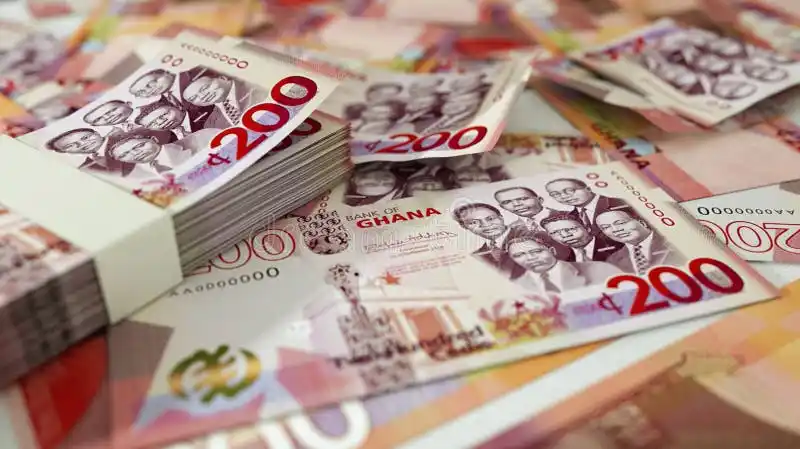The International Monetary Fund (IMF) has attributed Ghana’s sharp decline in inflation to the remarkable stability of the cedi in 2025, following a year of steep depreciation that had worsened price pressures across the economy.
The Ghana cedi continues its strong rally, appreciating by 37 percent against the US dollar as of October 17, 2025, amid improved market confidence and tighter monetary management.
According to the IMF, the strengthening of the local currency has played a pivotal role in restoring price stability, helping inflation fall from 24% in 2024 to 9.4% in September 2025 which is the lowest level in four years.
The Fund says the contrast between last year’s rapid currency depreciation and this year’s modest appreciation clearly shows how exchange rate management has shaped the inflation path.

Speaking on Channel One TV’s Point of View with Bernard Avle, IMF Resident Representative to Ghana, Dr. Adrian Alter, explained that exchange rate movements have been a major determinant of inflation trends across Africa, including Ghana.
“In general, in Africa, what we have seen is that exchange rate plays an important role for determining inflation. In 2022 you had a steady depreciating maybe 50 to 100 percent per year and that basically translates about 20 percent pass-through to inflation. So if you have 100 percent depreciation, you will have 20 percent inflation only from the imported goods.”
He added that Ghana’s experience in 2024 reflected that pattern, as the cedi’s sharp decline and drought-driven food shortages combined to push prices up.
“The other component was the exchange rate. Exchange rate was depreciating last year while this year it is appreciating,” Dr. Alter emphasised.
Already the World Bank has ranked the cedi as the best-performing currency in Sub-Saharan Africa, for the first eight months of 2025, reflecting the impact of sustained fiscal discipline and foreign exchange reforms.
The IMF representative noted that the currency’s current stability supported by improved fiscal discipline and a tight monetary policy stance has anchored inflation expectations, boosted confidence, and created the conditions for sustained macroeconomic recovery in 2025.
